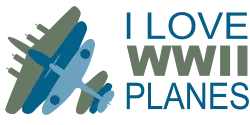The SB2U Vindicator: the Forgotten Bird in 24 Images
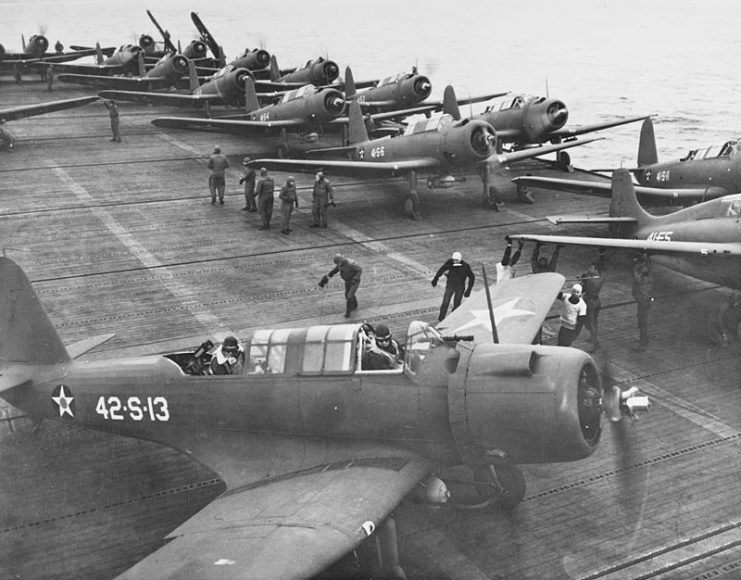
The 1930s saw the development of the SB2U Vindicator dive bomber. This was a result of military technology rapidly evolve in all areas, aircraft in particular.
Military aircraft had only been around for about two decades, and nations around the world were scrambling to achieve the next big break through in this field of aeronautics. Many aircraft came from these exploratory offshoots.
Aircraft were not the only industry that was experiencing large scale developments, so too was naval technology. Huge battleships armed with enormous guns, and mobile landing strip aircraft carriers were being deployed around the world
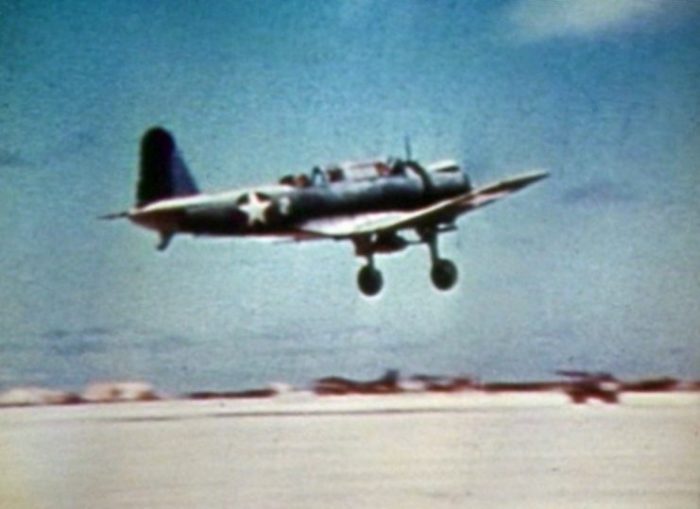
Not everyone was fortunate enough to be in on this expansion though, as only the biggest superpowers could afford the investments required.
At this time the United States started becoming a serious player at sea, wielding one of the largest naval fleets in the world. Knowing ships couldn’t do everything, the US government outlined requirements in 1934 for a new scout bomber that could be deployed from Navy aircraft carriers.
Voughts attempt at satisfying these requirements was with the XSB2U-1 dive bomber, which was ready in 1936.
It was selected for production, and named the SB2U Vindicator. It carried one pilot, one tail gunner, and a 1,000 lb (450 kg) bomb. The wings also had mount points for additional bombs, making the maximum bomb load 1,500 lbs (680 kgs).
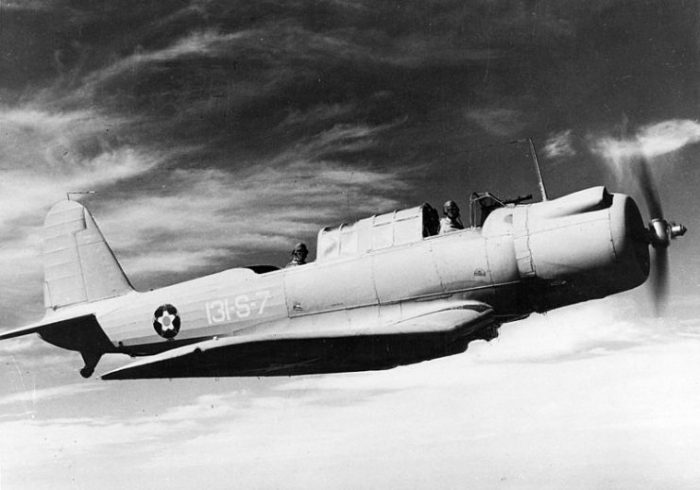
Due to the rapid progress of technology still happening as World War Two broke out, by the time the Vindicator saw combat it was already starting to lag behind.
The SB2U fought in the early Pacific campaign, where it partook in the Battle of Midway in 1942, helping SBD Dauntless dive bombers in attacking the Japanese cruiser Mikuma.
Due being on the edge of obsolescence, the SB2Us were often over shadowed by newer models, and resultingly mocked by pilots experienced with more modern aircraft. Belittling nicknames like “Vibrator” and “Wind Indicator” were applied to the aircraft.
The Vindicator served valiantly during its short life in the war, being used by the US Navy and Marine Corps, as well as the Royal Navy and French Navy.

Those used by the French saw action during the evacuation of Dunkirk, providing air cover to the Allied forces. Once France fell to Germany, inbound orders from the US were redirected to Britain.
As time went on the writing was on the wall for the Vindicator. Modifications were made to extend the life of the aircraft, but it wasn’t to be. The airframe simply couldn’t keep up with the rapid pace of development for both aircraft and the means to bring them down.
The aircraft was retired from combat in 1942, being resigned to training duties.
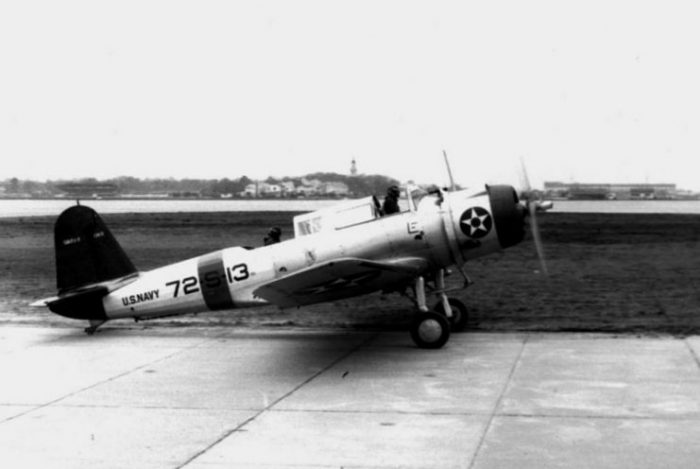
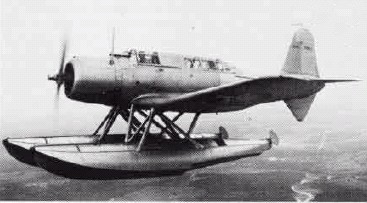
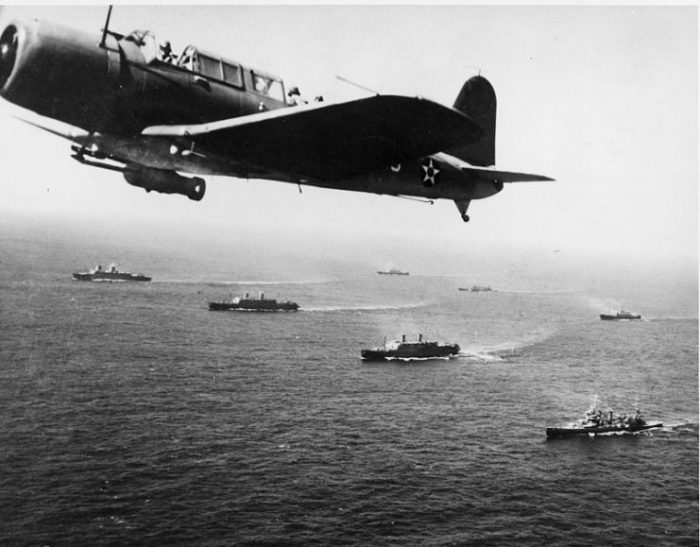
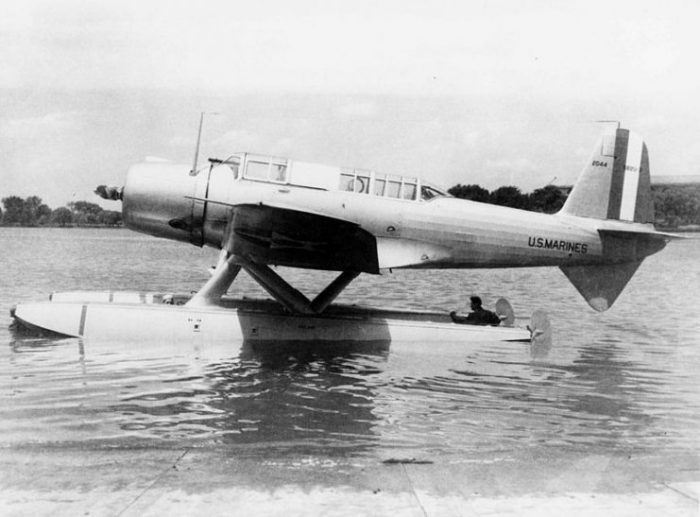
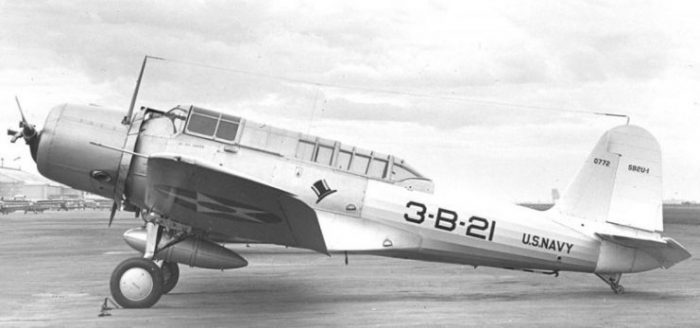
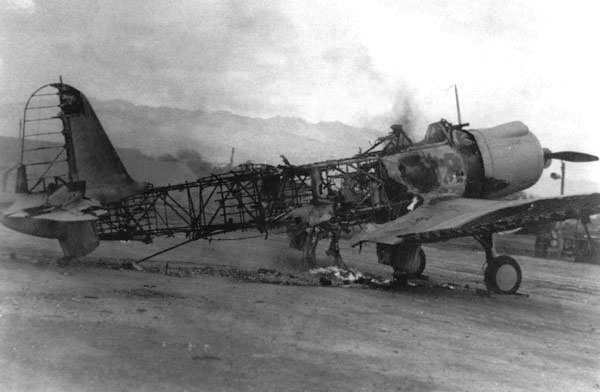
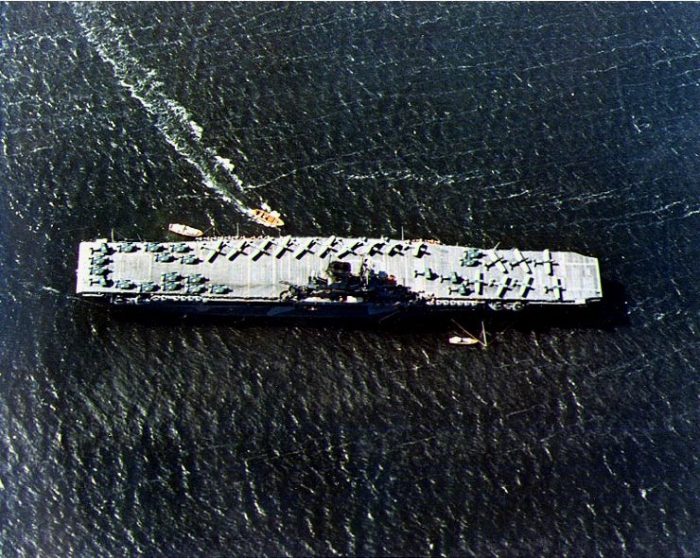
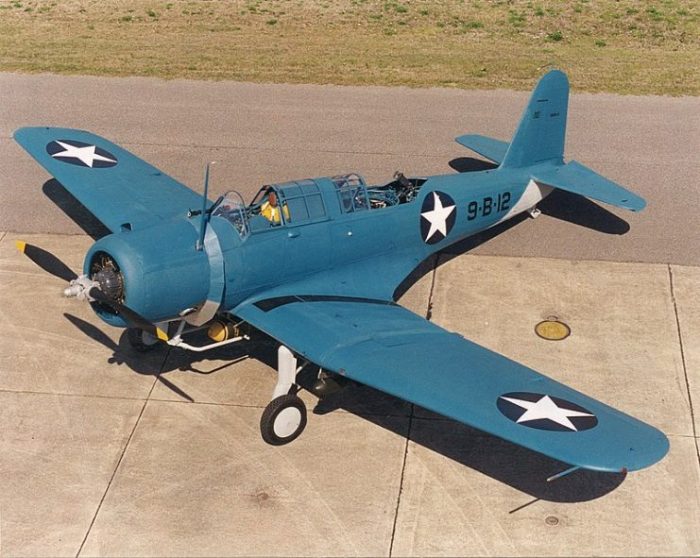
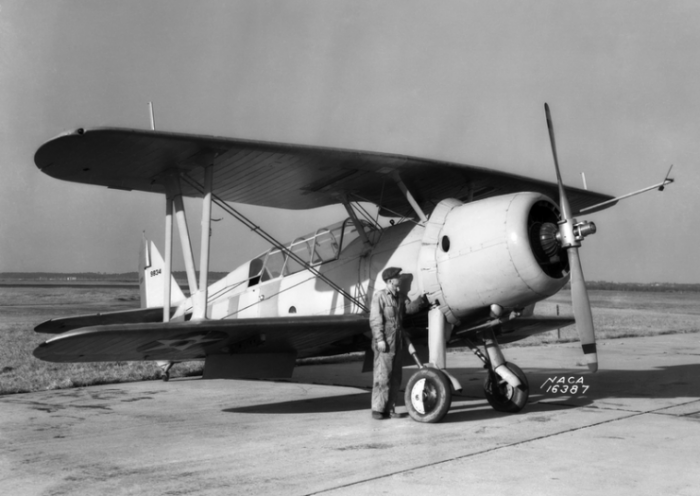
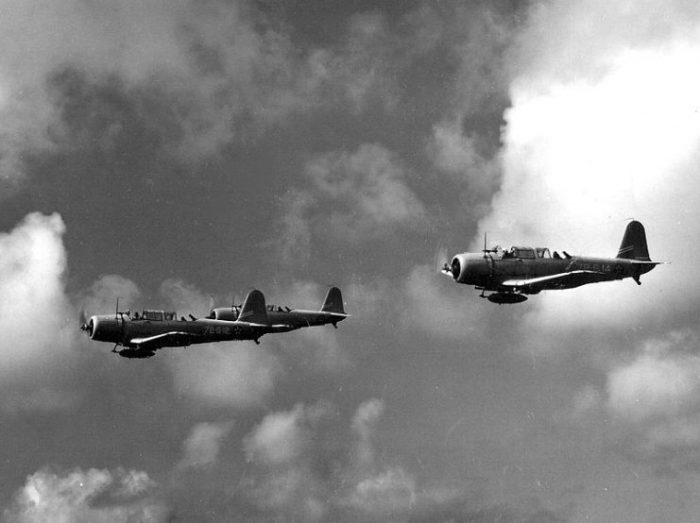
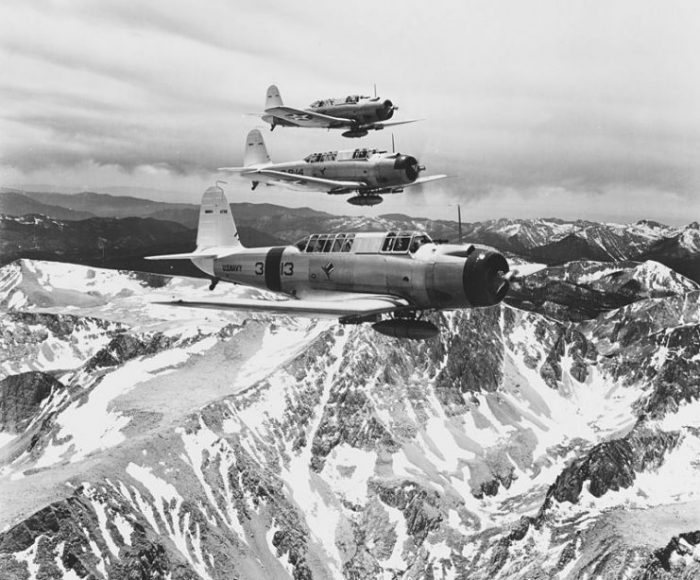
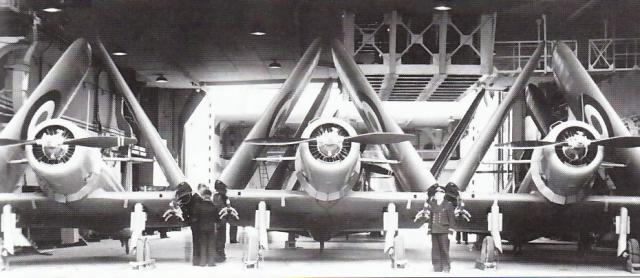
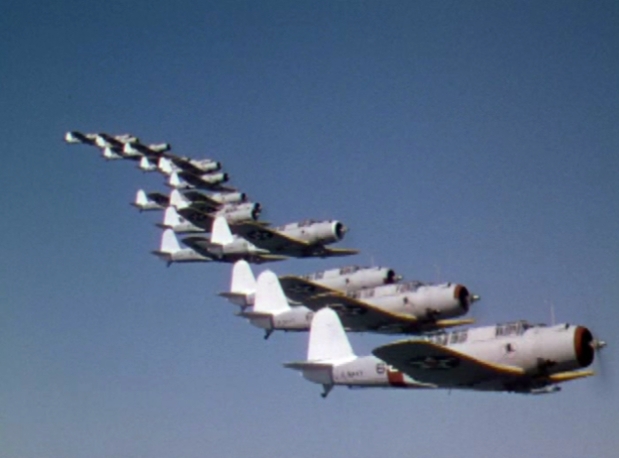
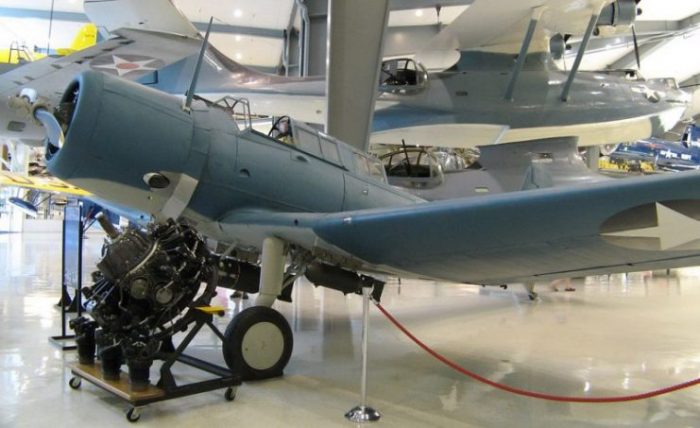
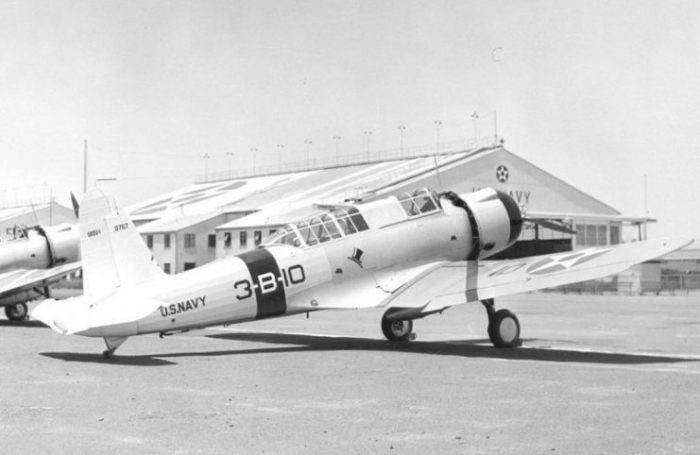
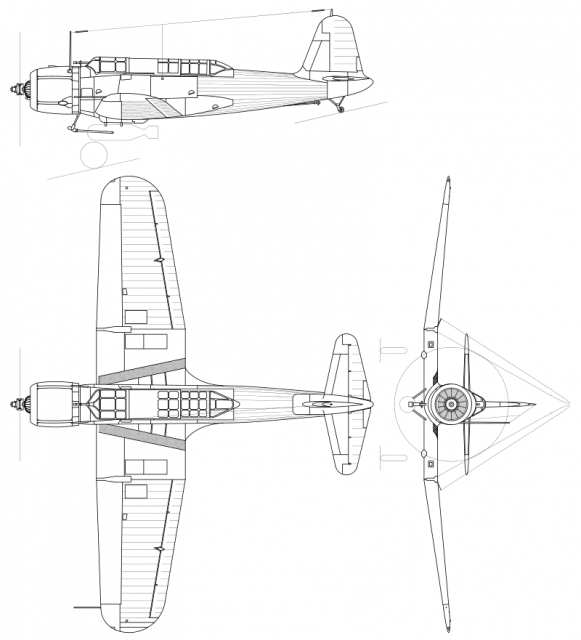
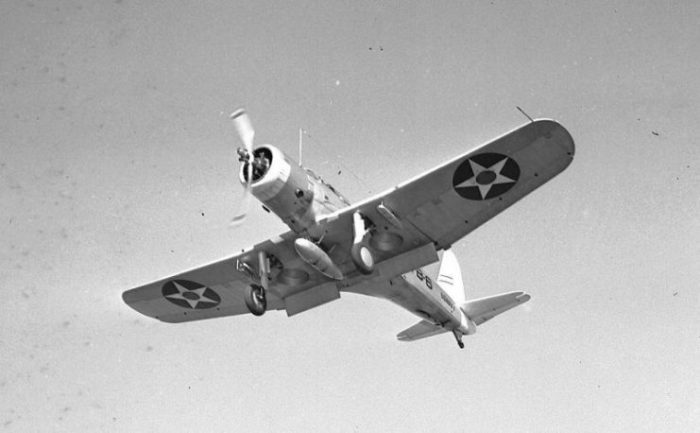
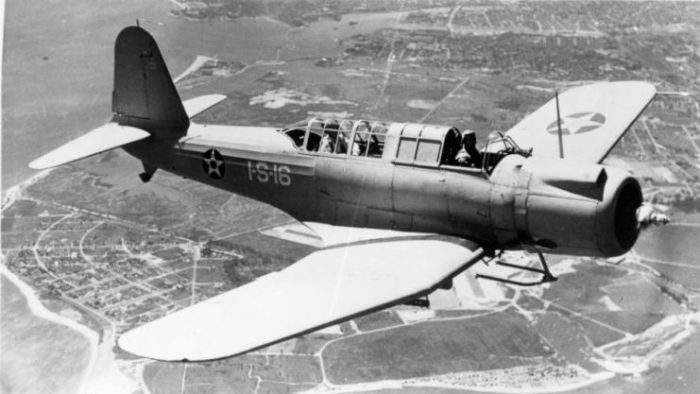
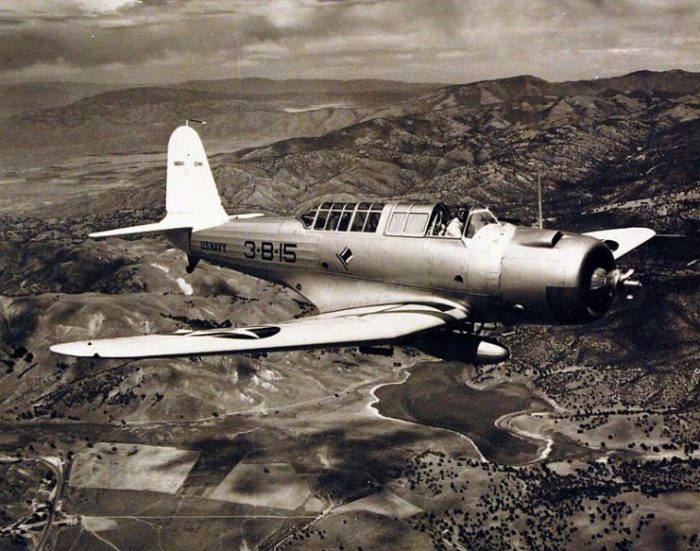
Another Article From Us: ‘Holy Grail’ Researchers Locate Avro “Baby Arrow” on Floor of Lake Ontario

